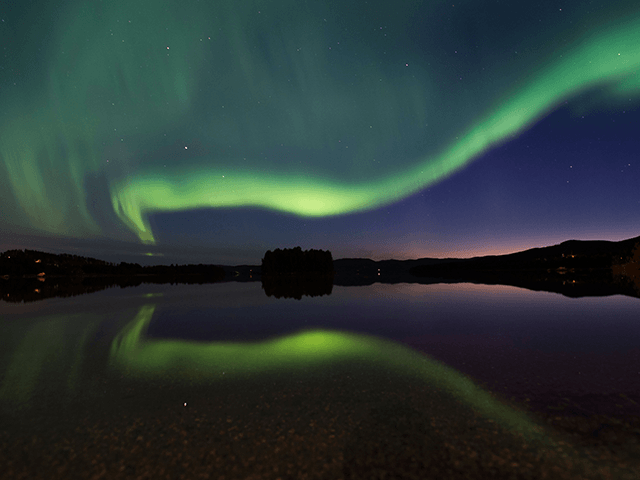The National Oceanic and Atmospheric Administration’s (NOAA) Space Weather Prediction Center issued a Geomagnetic Storm Watch across North America after a solar flare on the Sun erupted in the Earth’s direction.
Southeast Michigan meteorologist Paul Gross reported:
That solar flare accelerated the normal stream of charged particles that comes from the Sun to the Earth. … That charge forces the aurora ring at the North Pole farther south. It’s going to get close enough to lower Michigan where people in Metro Detroit might have a chance to see the aurora borealis (Northern Lights) later Wednesday night or Thursday evening — it has to be dark to see it.
The NOAA’s Space Weather Prediction Center announced Tuesday that the Geomagnetic Storm Watch would take effect from Wednesday, December 9, to Friday, December 11.
The center issued the storm watch after a Coronal Mass Ejection (CME), or large expulsion of plasma and magnetic field from the Sun, took place on Monday, December 7.
NOAA predicts the energy from the CME could start hitting Earth’s atmosphere Wednesday and increase in strength by Thursday.
The CME energy is expected to hit its peak between Wednesday at 10 p.m. and Thursday at 1 a.m., at which point the Northern Lights are most likely to be visible.
M Live reported that the Northern Lights could possibly be visible by the Michigan/Ohio/Indiana border or even by Chicago or Cleveland.
But highly populated areas such as Chicago or Detroit might have a hard time seeing the Northern Lights due to light pollution from the cities.

COMMENTS
Please let us know if you're having issues with commenting.